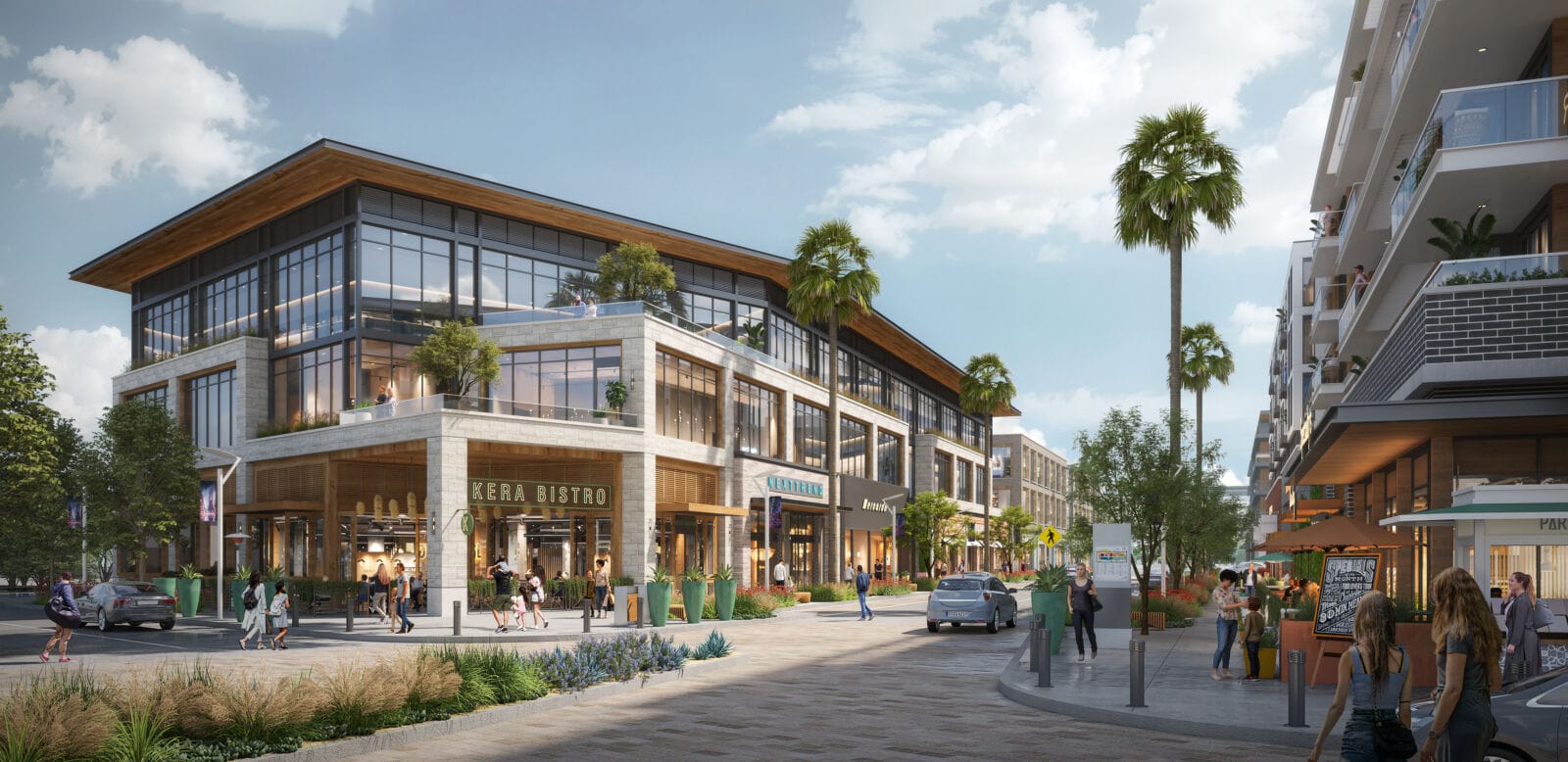Reviewing the raw numbers of square footage built and dollars spent on new projects across the state in recent years may leave a false impression that economic development is easy. Far from it — success requires deep market knowledge, keen communication skills and a commitment to collaboration with elected officials, municipal employees and the private sector.
“We always say that economic development is a team sport,” explains Jaye O’Donnell, economic development director for the City of Mesa. “It takes a lot of different partners coming together to get a project done.”
With guidance from the city manager, economic development practitioners are tasked with translating the goals of the council into actionable tactics that will bring in new investment and keep established companies within the municipality.
To relate this dynamic to the private sector, a council is akin to a board of directors; the city manager as CEO; and professionals like O’Donnell acting as the business development department. She adds that this three-legged stool framework is an apt comparison since progress can only be made when everyone stands together.
Building a firm foundation for collaboration requires shared understanding, which is why O’Donnell says she meets with both the council and city manager on a regular basis to provide the market analysis necessary for informed decision making. In conversations about business attraction, she notes it’s important for practitioners to communicate what value a project will bring to the city and how it provides long-term sustainability for the community.
“Then there’s the aftercare,” O’Donnell continues. “Every time there’s an announcement, people think economic development can move on, but the work is not done. Once a company has landed here, we want to make sure we’re providing excellent customer service, especially in that first six to 12 months.”
LEARN MORE: Here’s how land use patterns are changing in Arizona
Juan Castillo, a City of Somerton councilmember, adds that he has a transparent and respectful relationship with the municipality’s economic development director, Jazmin Zamudio.
“We have around 18,000 residents, so we’re limited on what kind of business will come here,” he explains. “The No. 1 priority for the council is getting another grocery store — it’s one of the reasons I ran in the first place. Jazmin is aware of that, and we understand the challenges she faces. But if we don’t get another one, it won’t be from a lack of effort. On that, we’re all on the same page.”
Planning for economic development
For smart, sustainable growth to take place, aligning all stakeholders is paramount, which O’Donnell says starts with understanding what a particular city’s ambitions are for its community.
“The council sets the policy priorities, allocates resources and adopts land use direction through the general plan,” she continues. “Then, it’s up to city management to execute that vision.”
As elected officials, councilmembers have a duty to represent their constituents, which is why Castillo underscores the importance of actively listening to what they are saying.
“When we go out into the community, we have one-on-one conversations with residents to hear what their needs are,” he continues. “For example, two years ago, we opened our first high school. Before that, we were the largest city in Arizona without one, so that was something people really wanted and helps us move forward with attracting companies.”
Part of the expertise economic developers bring to bear is understanding the realities of what a city has to offer businesses. While high expectations can help uncover unknown opportunities, O’Donnell says, it’s important that the council’s “vision is not a hallucination” but is grounded in data.
“If the goal is to get something like Disneyland, we have to show what can be done to change market conditions in the long term — what we’ll need assembled for land or how we can increase our income to make it possible,” she continues. “It’s about telling the story of how we can get to that point if the right steps are taken to build the capacity that allows it to happen.”
But even with strong relationships within the municipality and a unified direction for the community’s growth, O’Donnell notes it has to make financial sense for the private sector because “you can lay out a great vision, but if it doesn’t pencil out, it’s probably not going to happen.”
Put another way, Heath Vescovi-Chiordi, economic development director for Pima County, says that it’s better to get a “no” up front.
“It’s not to anyone’s benefit to string a conversation along and end up at no after you’ve invested time and resources,” he continues. “People need to count on you to communicate with them directly and respectfully, which helps build and maintain relationships.”
Ultimately, trust and credibility are critical for ensuring projects can move forward.
“Stakeholders need to have confidence that decisions are data-driven and in the best interest of the community,” O’Donnell concludes. “Developers and brokers who are working with the city need to come with a plan that aligns with the city’s vision. If the result looks very different than what the developer proposed, it does leave a bad taste and erodes trust. Things always come up, but we need to come together to solve the problem — because economic development really is a partnership between the private and public sector.”




